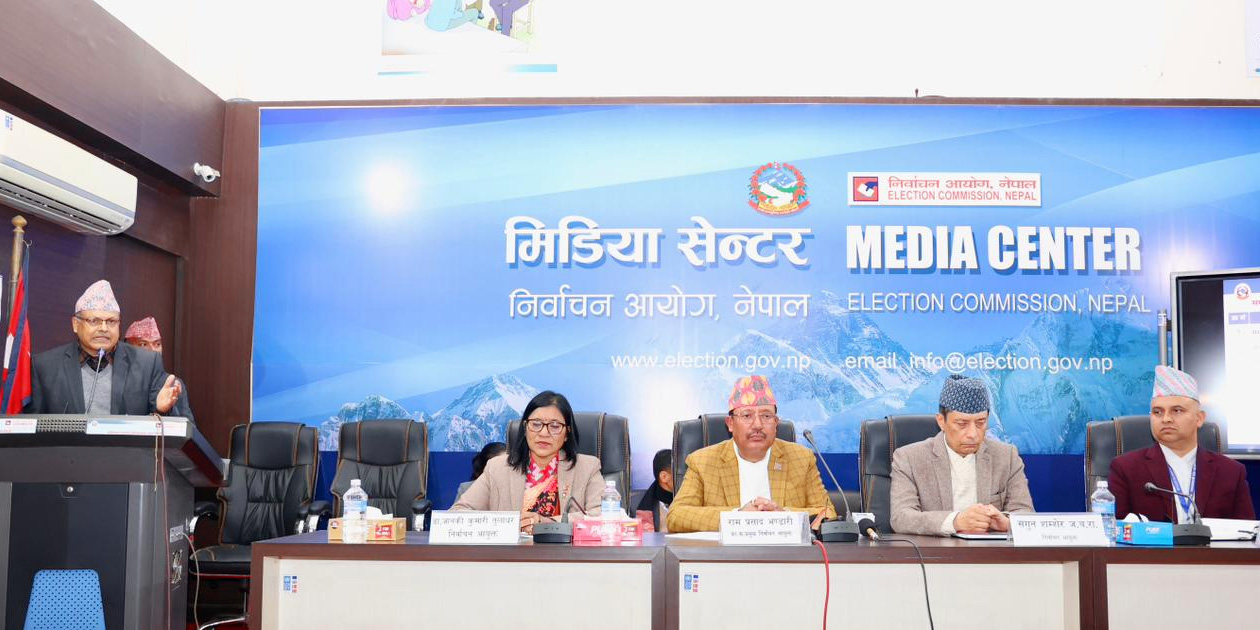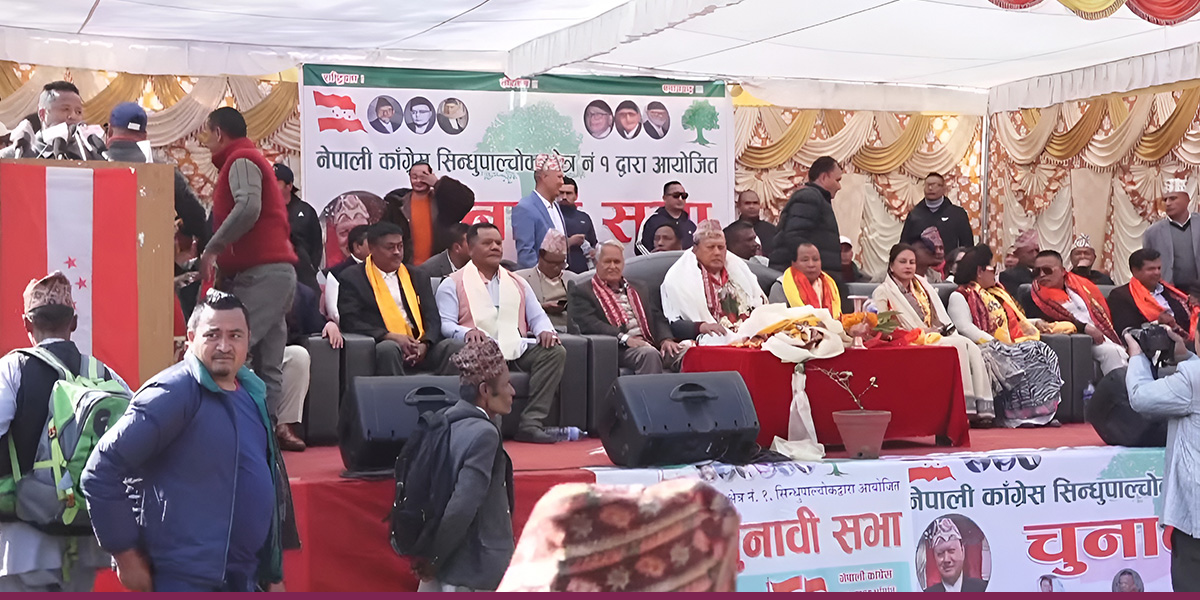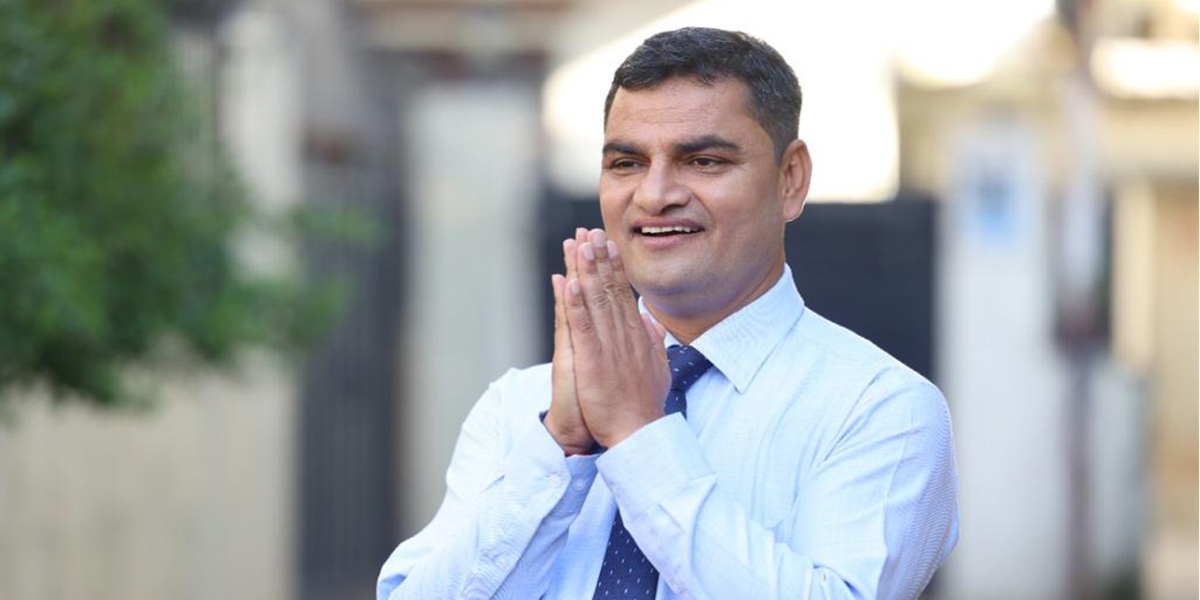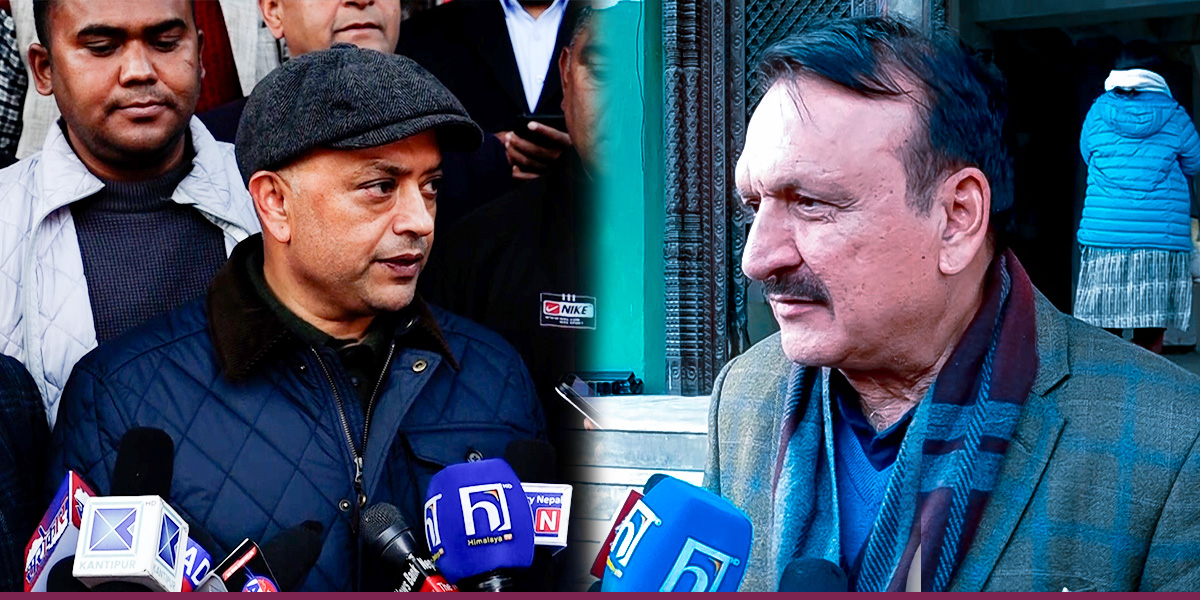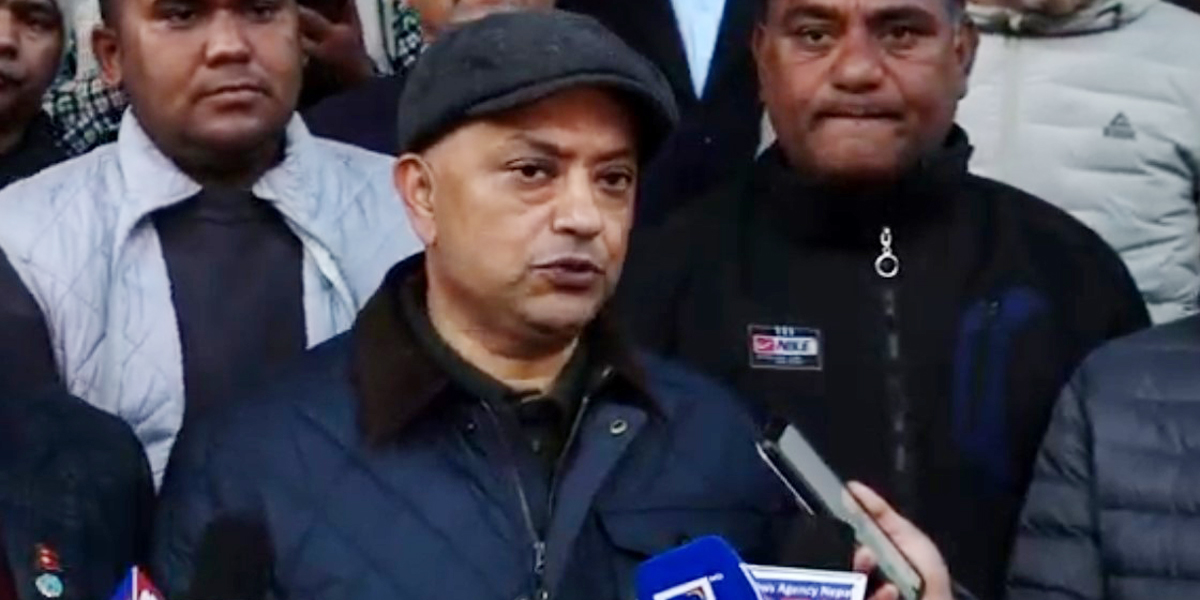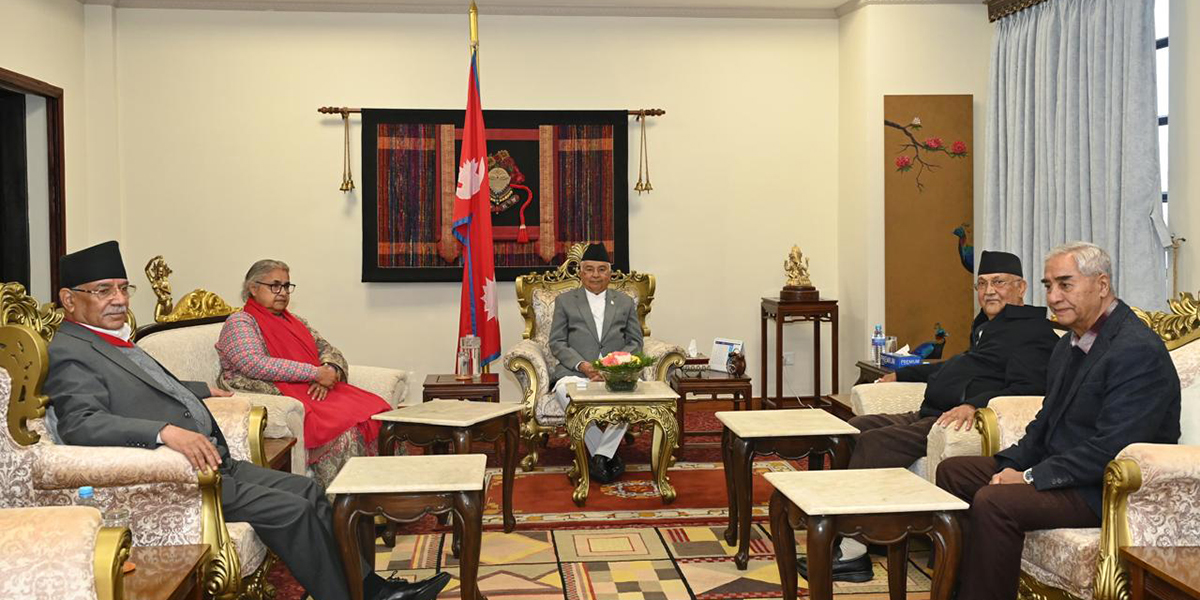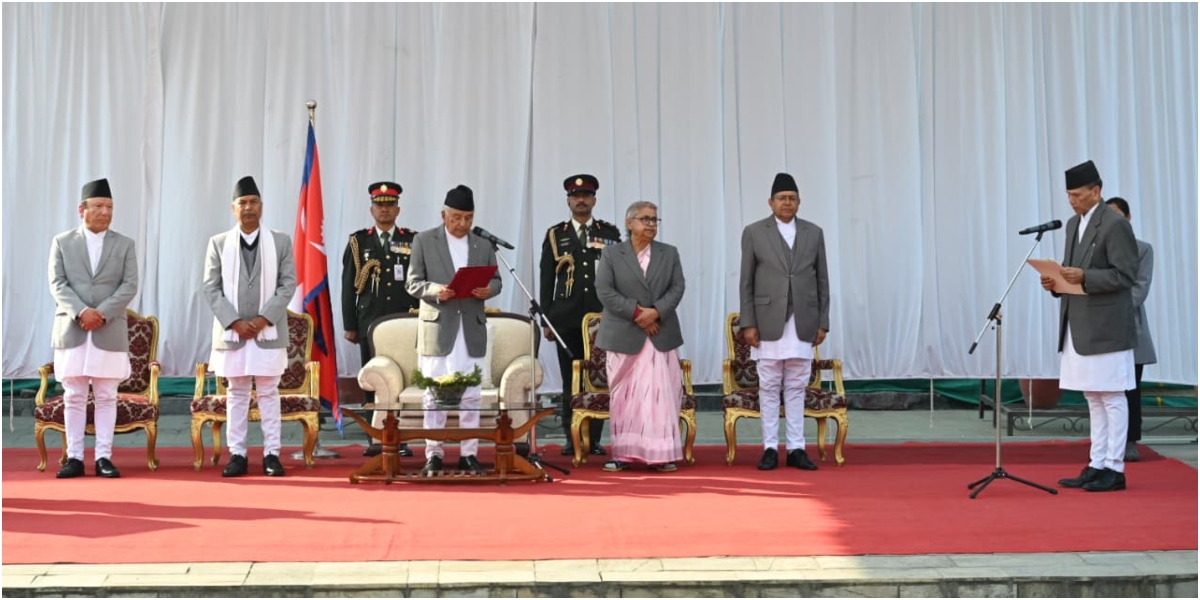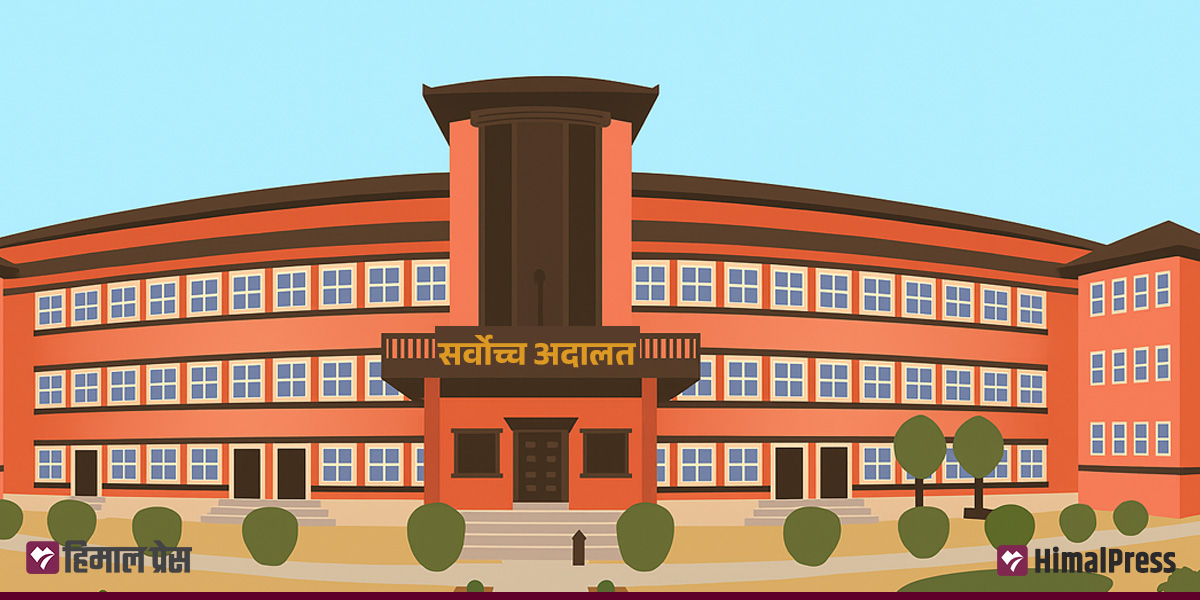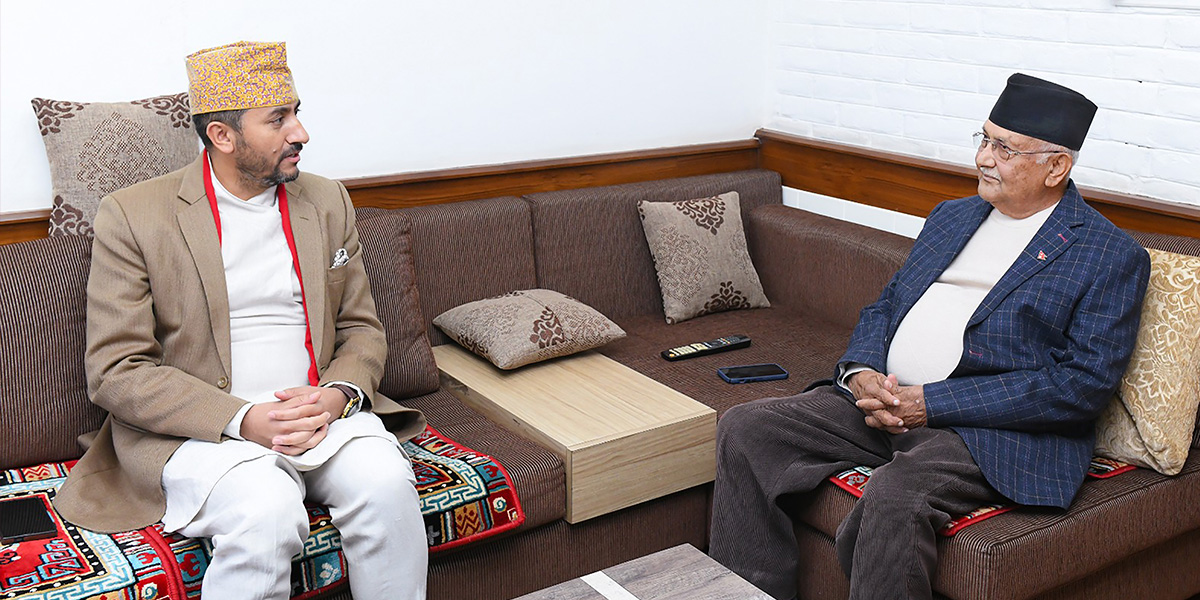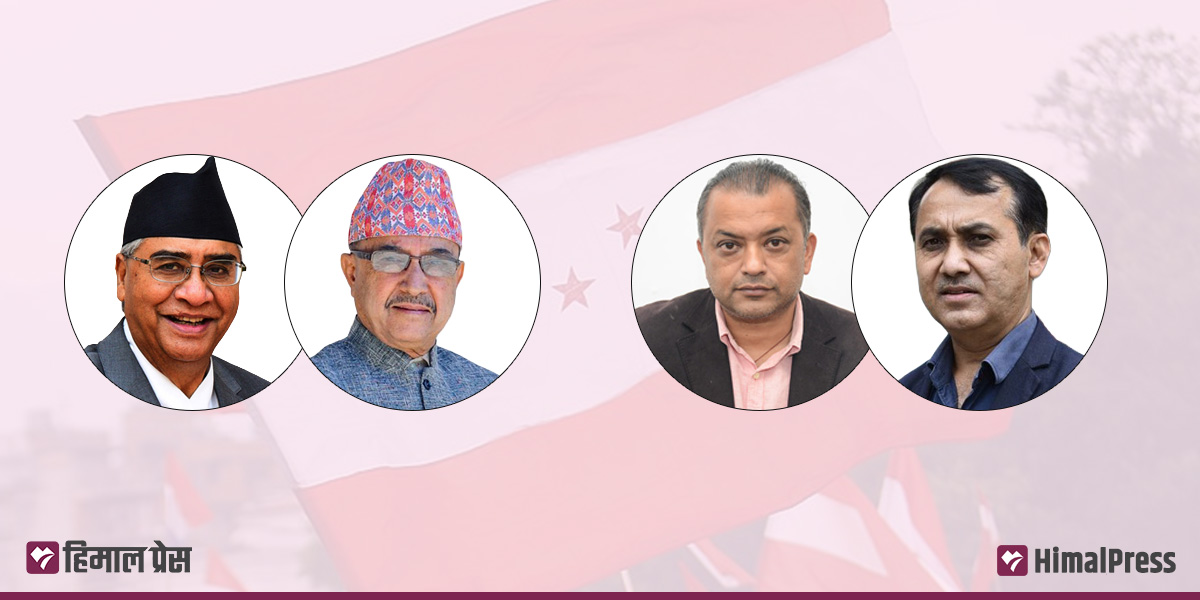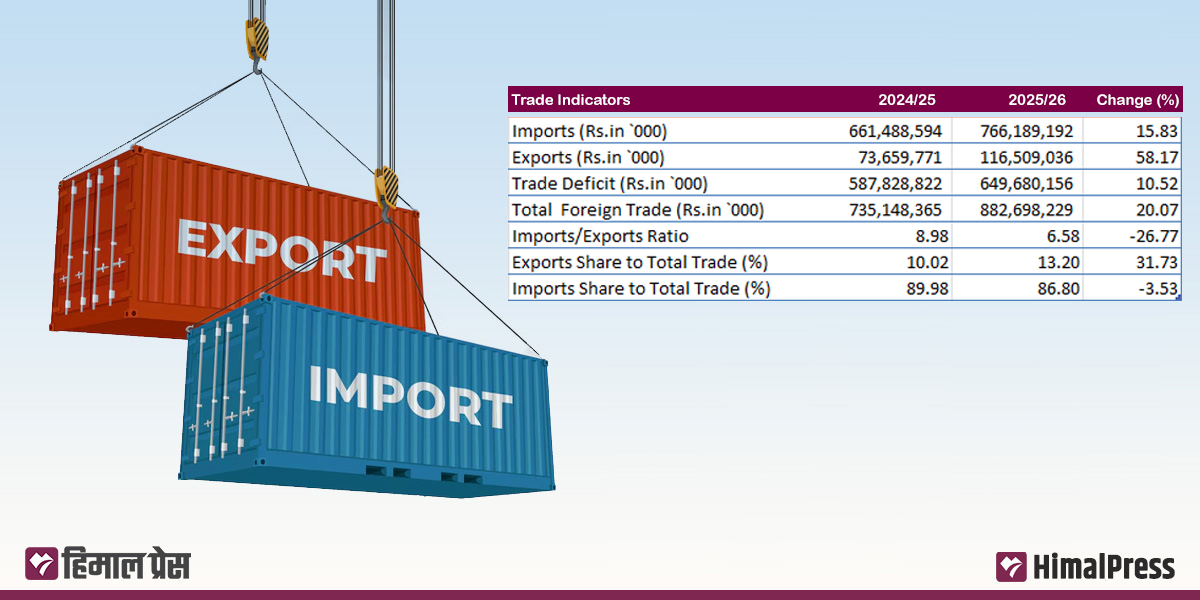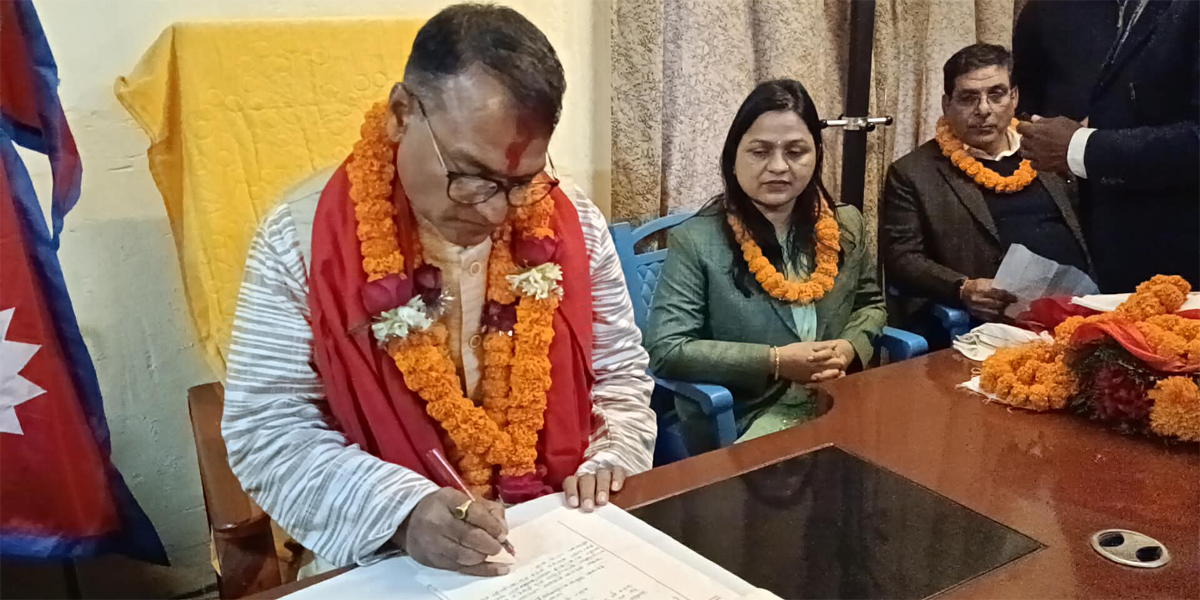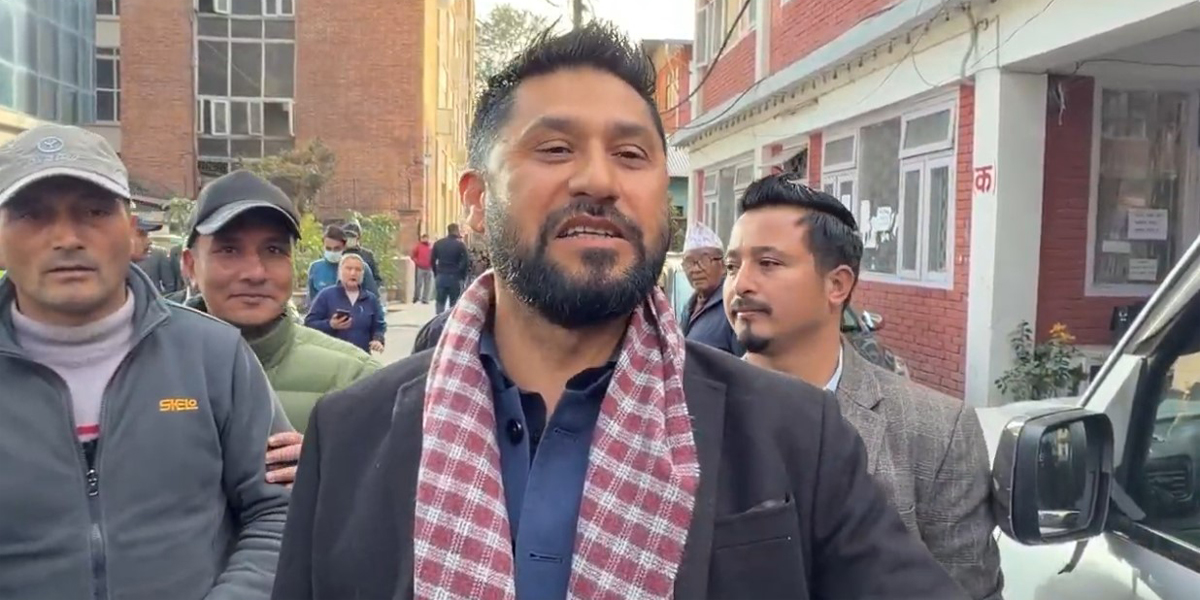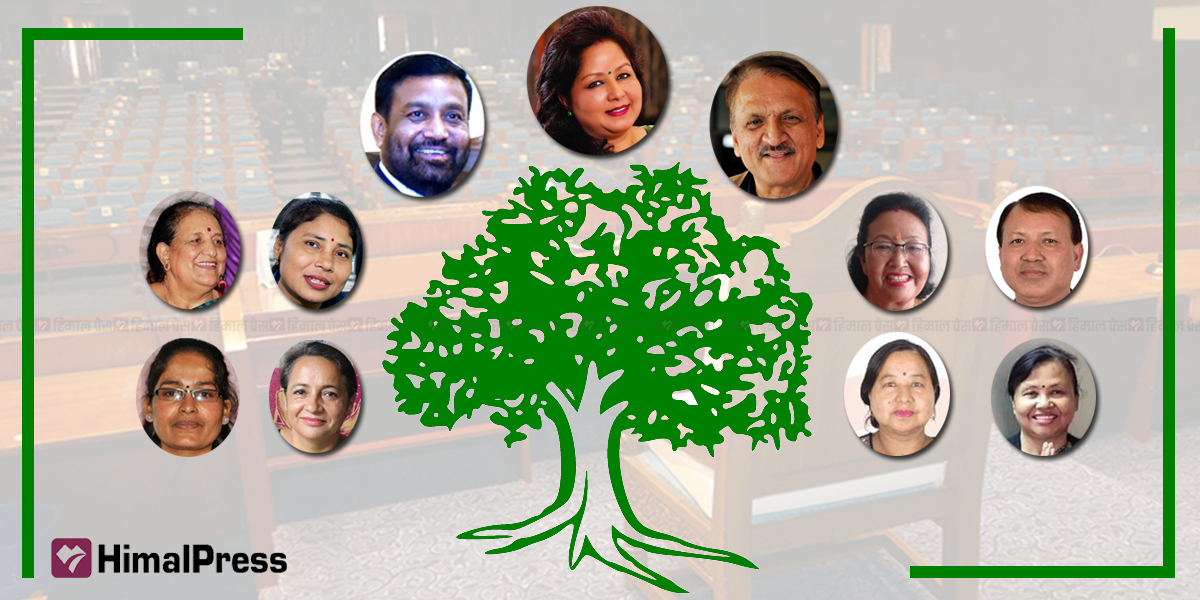
KATHMANDU: Nepali Congress won 32 seats under the proportional representation (PR) system in the November 20 polls. The party was forced to recommend 29 female lawmakers as it had fielded female candidates under the first past the post (FPTP) system in only few seats.
Of these 32 lawmakers, 11 have entered the parliament under the PR system repeatedly. Party spokesperson Dr Prakash Sharan Mahat, for example, will be serving his third stint in the House of Representatives from the PR system.
Mahat was nominated to the 2008 Constituent Assembly from the Nepali Congress (Democratic). He was elected to the House of Representatives from Nepali Congress in 2013 and 2022. Mahat is getting the opportunity regularly because he is close to party president Sher Bahadur Deuba.
Uma Regmi is another NC leader who has been nominated to the House of Representatives for the third time. She was nominated to the reinstated parliament of 2007 and elected to the 2008 Constituent Assembly and 2017 House of Representatives under the PR system.
Similarly, NC central committee member Arzoo Rana Deuba, who is also the spouse of party president Deuba, has been elected for her third term in the parliament under the PR system. She was elected under the PR system in 2008 and 2013 as well.
Ishwari Neupane is another NC leader who has benefited from the PR system regularly. She was elected to the 2008 and 2013 Constituent Assembly, and the 2022 House of Representatives. Ambika Basnet, too, has become a lawmaker under the PR system in 2008, 2013 and 2022.
Mukta Kumari Yadav has also been elected to the upper house and lower house repeatedly. She was elected to the 2013 Constituent Assembly under the PR system. The party sent her to the National Assembly in 2017. Now, she has been elected to the House of Representatives.
The PR system was first used in the election for Constituent Assembly in 2008.
Jiban Pariyar has been elected to the House of Representatives from the Dalit quota twice. He was elected under the PR system in 2013 and is about to begin his second term in the House of Representatives. Like Pariyar, Asha BK is about to begin her second term in the House of Representatives under the PR system. She was earlier elected to the 2013 Constituent Assembly under the PR system.
Anjani Shrestha, Saraswati Bajimaya and Sarita Prasai are also preparing for their second term as the members of House of Representatives under the PR system. All three were also elected to the 2013 Constituent Assembly under the PR system.
There are few NC leaders, who have been elected to the House of Representatives under the first past the post (FPTP) system, after completing parliamentary terms under the PR system. Party vice president Dhanaraj Gurung, who was elected to the 2008 and 2013 Constituent Assembly under the PR system, has been elected from Syangja-2 constituency under the FPTP system. Similarly, joint general secretary Badri Pandey, who has been elected under the FPTP system from Bajura, was elected to the 2013 Constituent Assembly under the PR system. He served as a National Assembly member in 2017.
Former vice president Bimalendra Nidhi is another leader who has benefited from the PR system. Nidhi, who was a member of the reinstated parliament of 2007, has now been elected to the House of Representatives under the PR system.
The Constitution of Nepal envisaged the PR system to ensure the inclusion of certain communities and groups in the parliament. But the system has been misused for the benefit of leaders close to the party leadership.
NC has failed to respect the spirit of the PR system in the selection of candidates.
Political parties forged a consensus to embrace PR system to ensure the representation of all classes and castes at all levels of the state structure. The PR system was first used in the election for Constituent Assembly in 2008.


